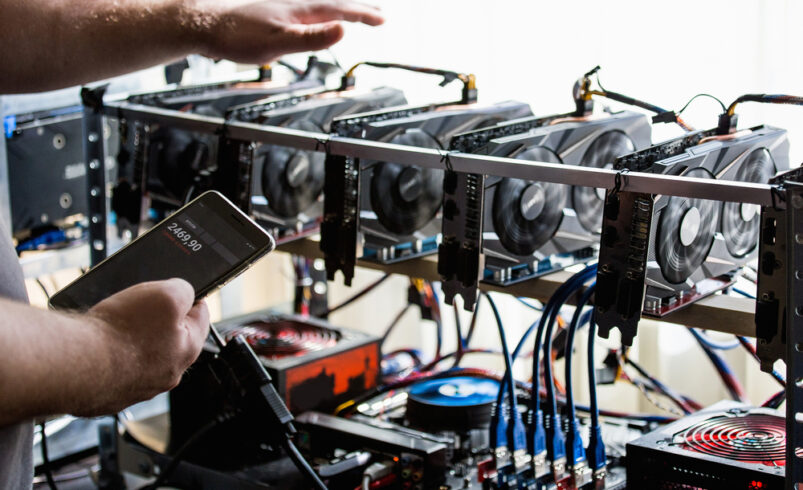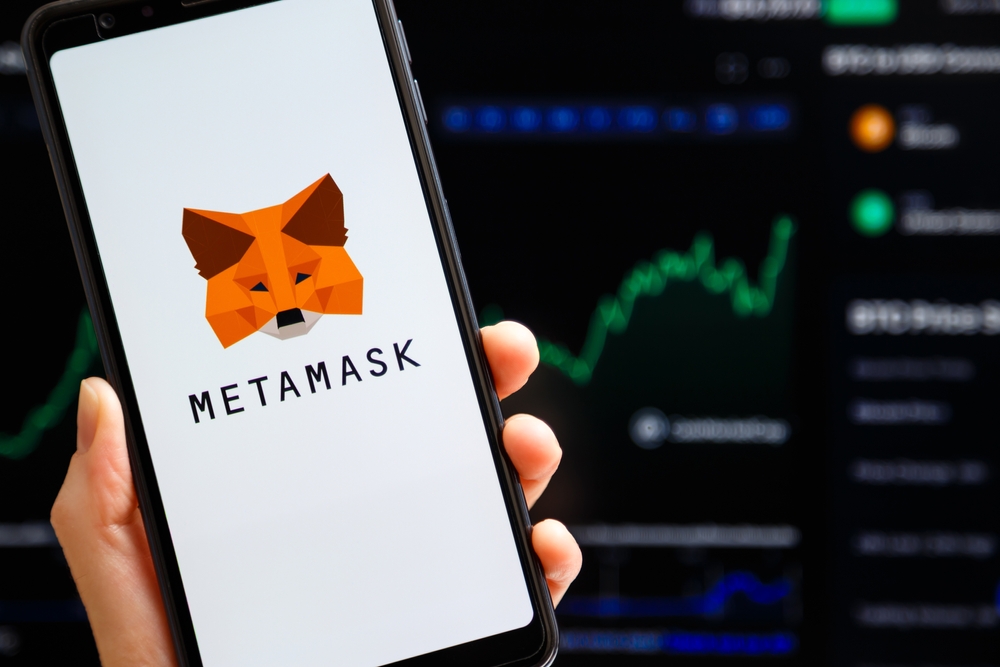What is the Genesis Block? – All You Need to Know

All proof-of-work blockchains have their own genesis blocks. But what do these blocks mean? Keep reading this article to learn more about genesis blocks.
Genesis block Defined
The genesis block is typically the first block ever produced on a proof-of-work blockchain. Notably, it does not require a conventional mining process to be mined. The developers of the proof-of-work blockchains produce the genesis blocks.
The first genesis block was created in 2009 by Satoshi Nakamoto when the pseudonymous developer launched Bitcoin, the World’s largest blockchain network whose native token, BTC, briefly surpassed the market capitalization of Silver in early March 2024.
The genesis block usually creates the foundation of the blocks that will be mined over the years. It also sets parameters like block rewards and mining difficulty. That said, if proof-of-work blockchains lacked genesis blocks, they wouldn’t have a reliable start to build upon.
Try GPT Definity AI today, the #1 crypto trading robot! Click here to learn more. Artificial intelligence trading robots are taking over the trading eco-system, you can join this revolution and profit from daily revenues! Get ahead of the trading game with Artificial Intelligence crypto trading software today!
Bitcoin’s Genesis Block
The genesis block in the Bitcoin blockchain was mined on January 3rd, 2009. It is referred to as block zero. Nakamoto created it to launch his blockchain and BTC. After timestamping the block, the pseudonymous developer wrote their mission for Bitcoin, which is to make BTC a decentralized option for the conventional financial system.
The nonce field of Bitcoin’s genesis block has a value of 2089469235, which Nakamoto established by mining to reach the difficulty target during the launch of the Bitcoin blockchain. The nonce value of subsequent blocks has continued to increase as difficulty rises.
Parties involved in adding blocks to Bitcoin do not do it for free. The network’s genesis block has a setting that rewards all miners with BTC. Initially, Satoshi Nakamoto set the mining rewards at 50 BTC. However, the developer added a code to ensure these rewards are halved every four years. The event that reduces mining rewards by 50% is known as Bitcoin halving. It will happen in April 2024, in which miners will see their rewards decline to 3.125 BTC.
It is worth mentioning that all settings included in Bitcoin’s genesis block are hardcoded, meaning no one can alter them.
The Genesis Blocks of Other Blockchain Networks
Ethereum developer Vitalik Buterin mined the network’s genesis block in 2015. The block established the initial supply of ETH (Ethereum’s native token). Moreover, it allocated ETH tokens to people who participated in the pre-sale.
Ethereum’s genesis block differs from Bitcoin in numerous ways. For instance, the token distribution model it adopted allowed people to buy ETH before the blockchain was launched.
Litecoin, on the other hand, copied the format of Bitcoin’s genesis block. The Litecoin genesis block was mined in 2011. It included a code for reducing mining rewards by half every four years, like Bitcoin’s.
Numerous differences are evident when we compare the genesis blocks of various blockchains. For example, the nonce value and block rewards set in these blocks vary significantly.
Structure and Components of the Genesis Block
Genesis blocks have foundational data that set the pace of any Proof-of-Work blockchain. Some of the data included in the genesis block are block hash, block reward address, timestamp and nonce.
The structure of the genesis block has a body and header. The body usually contains the reward transaction sent to the blockchain creator for adding the genesis block to the network. The header, on the other hand, contains metadata such as timestamp, the version, nonce, Merkle root hash, and target difficulty.
What Next After the Creation of the Genesis Block?
After a blockchain creator establishes the genesis block, the next step is to launch their network to allow the public to engage with it. This kickstarts the consensus process as well as decentralization.
Being the initial block, a genesis block is usually declared valid by node operators automatically. That means it doesn’t need confirmations like subsequent blocks.
After automatically confirming the genesis block, miners can now compete to validate and add new transaction blocks to the proof-of-work blockchain.
Disclaimer: Mining Plus Crypto specializes in amplifying content for dozens of cryptocurrency and blockchain firms, and your company could be next on the list! For inquiries, please reach out to us through or Telegram Chat. Given the unpredictable nature of cryptocurrencies, we advise you to thoroughly research before investing. A portion of the content available on our website, including broker reviews, is paid content or content contributed by guest writers and does not necessarily represent the opinions of Mining Plus Crypto. We claim no liability for the accuracy, quality, and content of advertisements, products, or any other materials, including ad spaces displayed on our site. For a comprehensive understanding, please review our full terms and conditions, and disclaimer.






